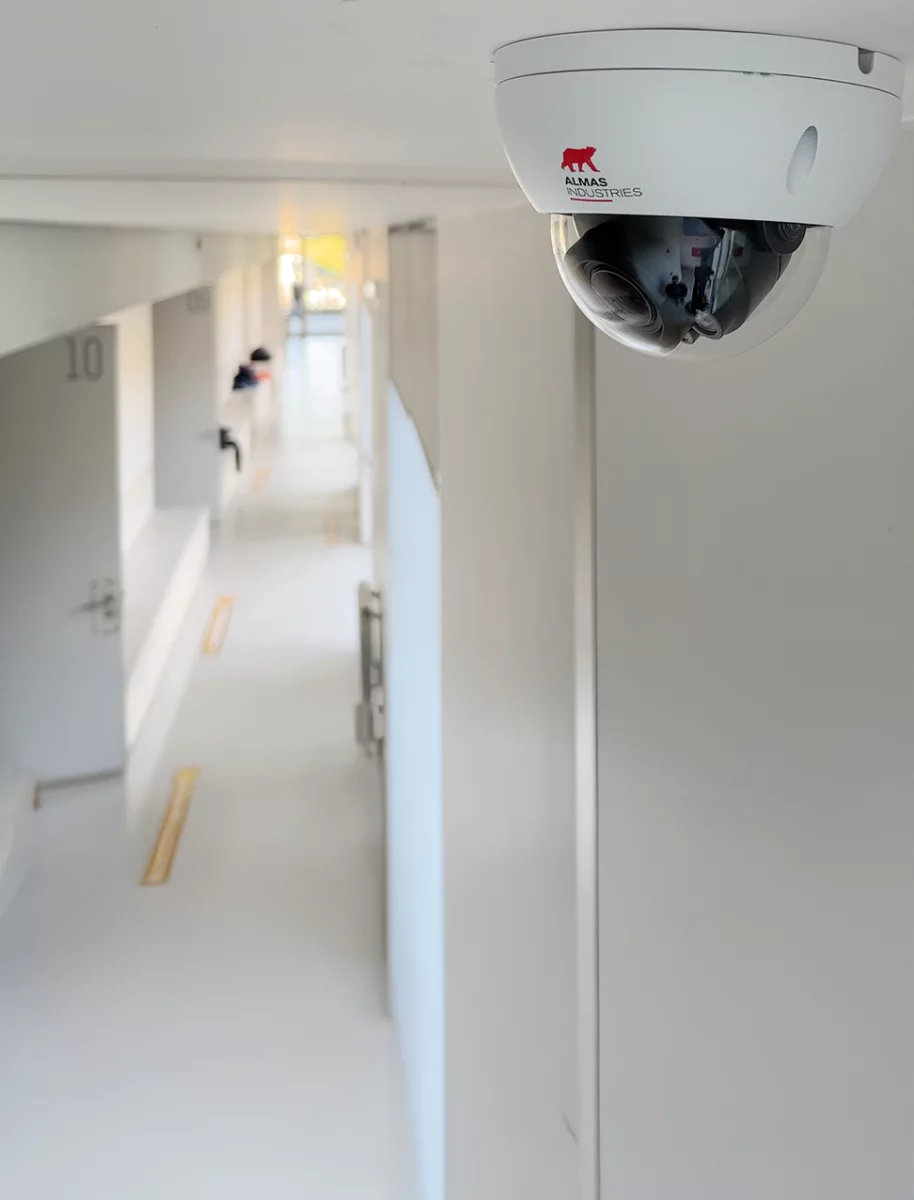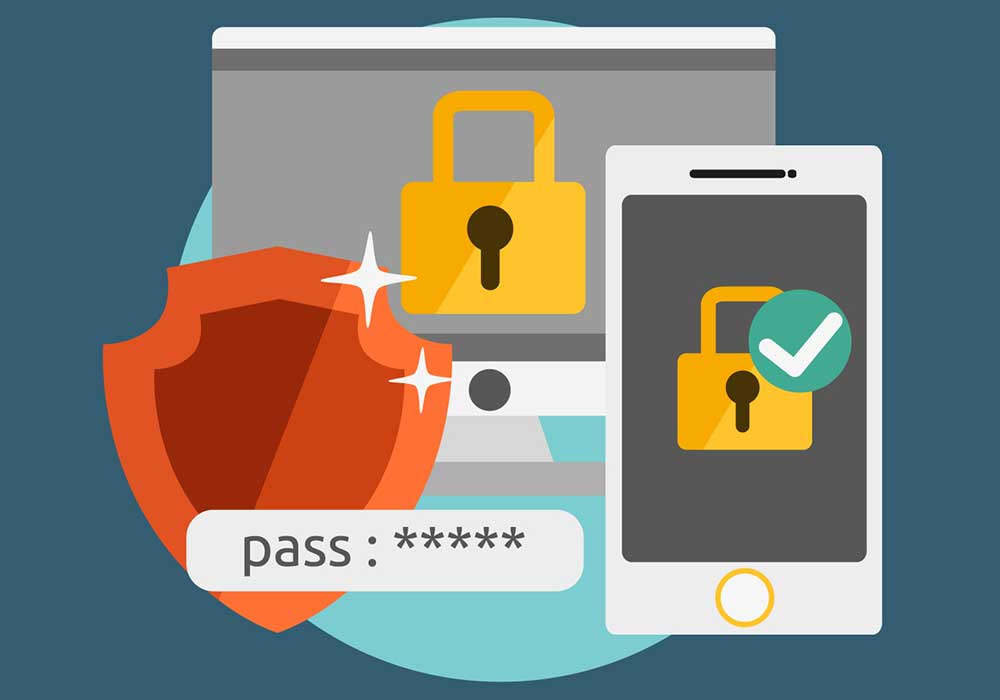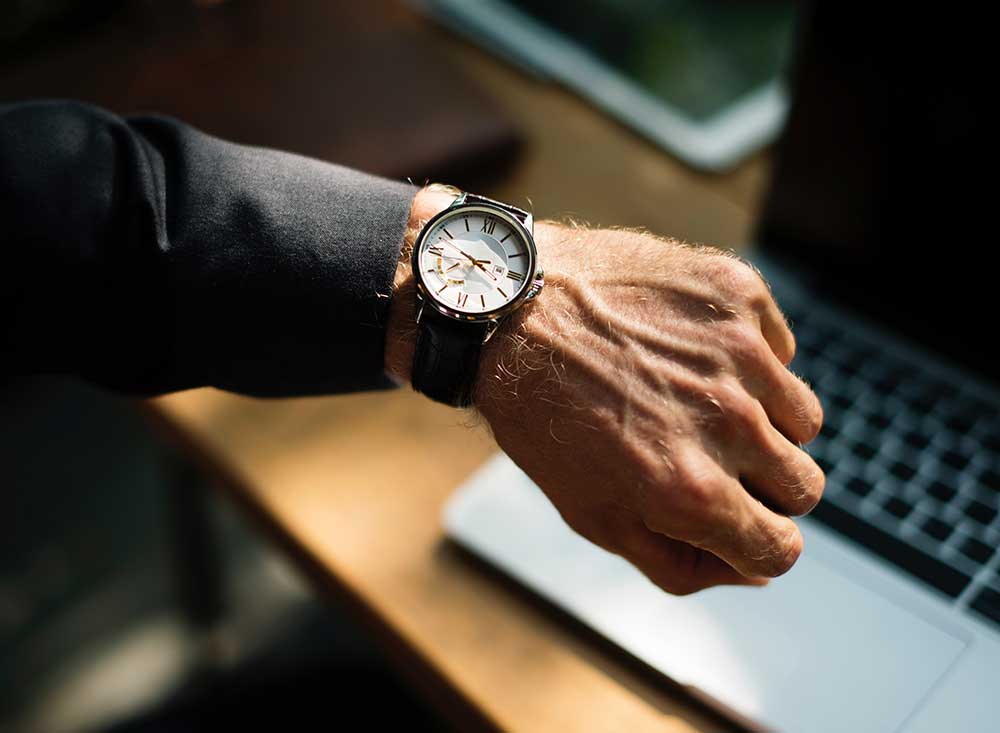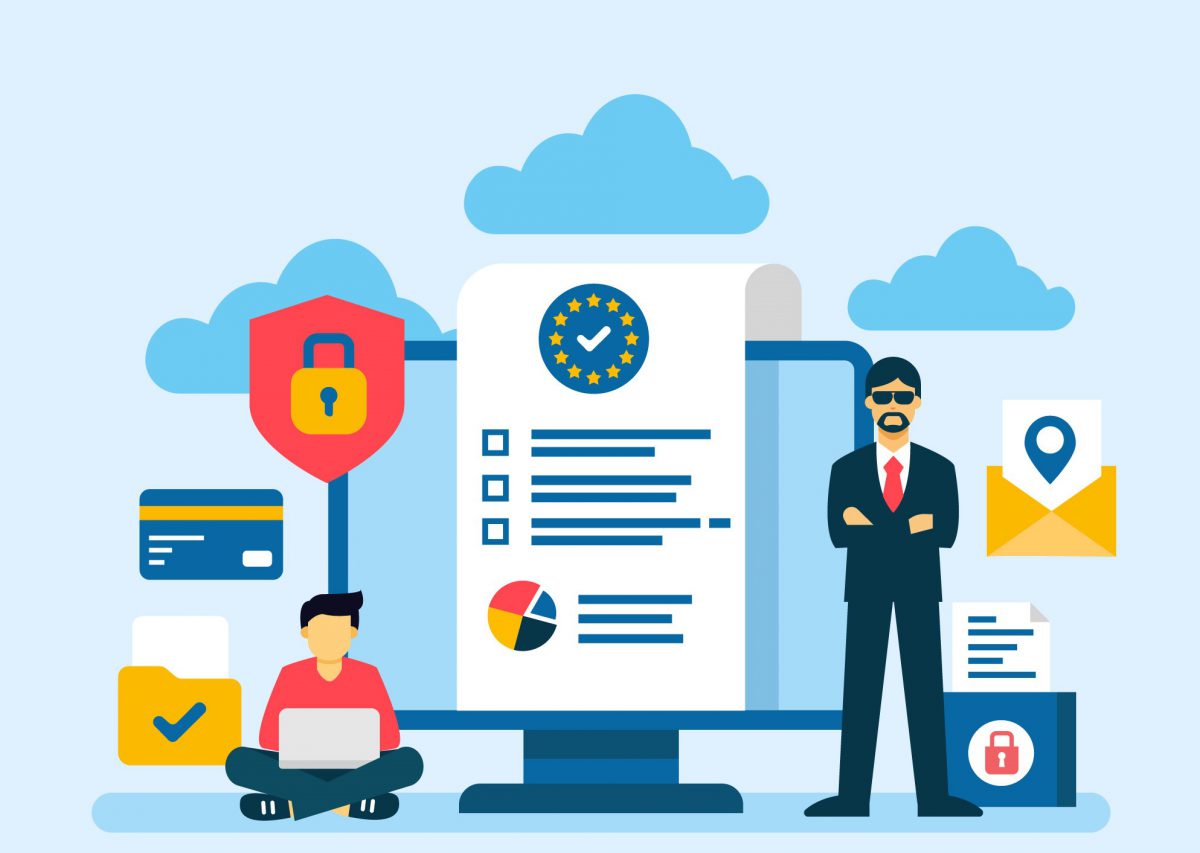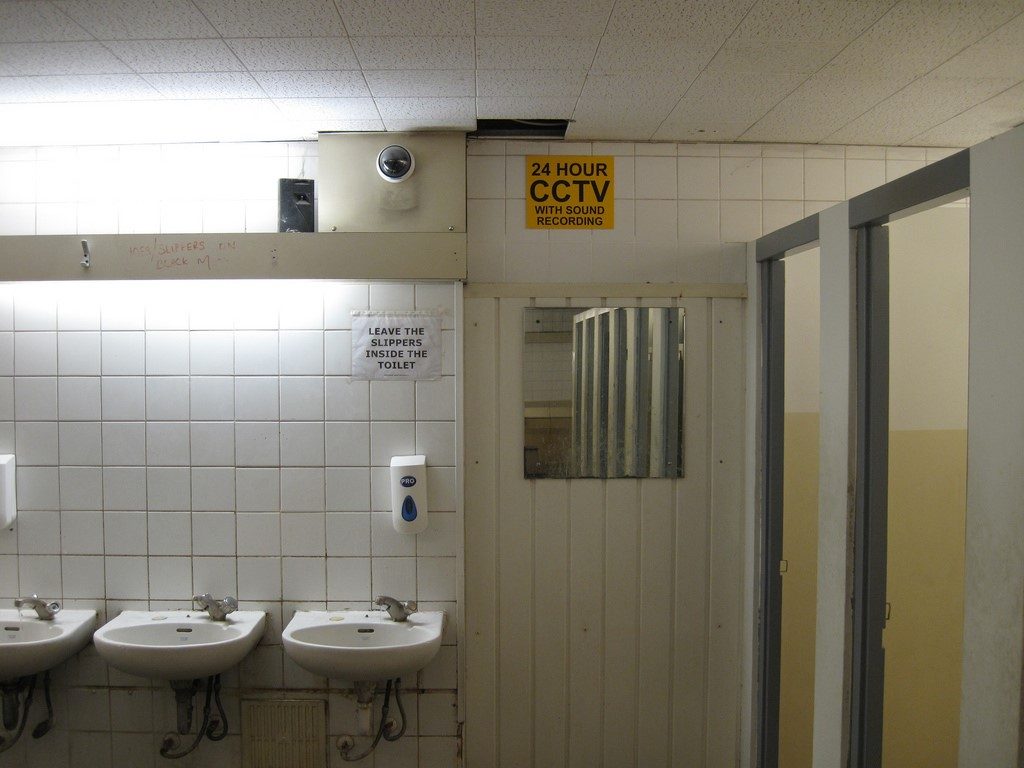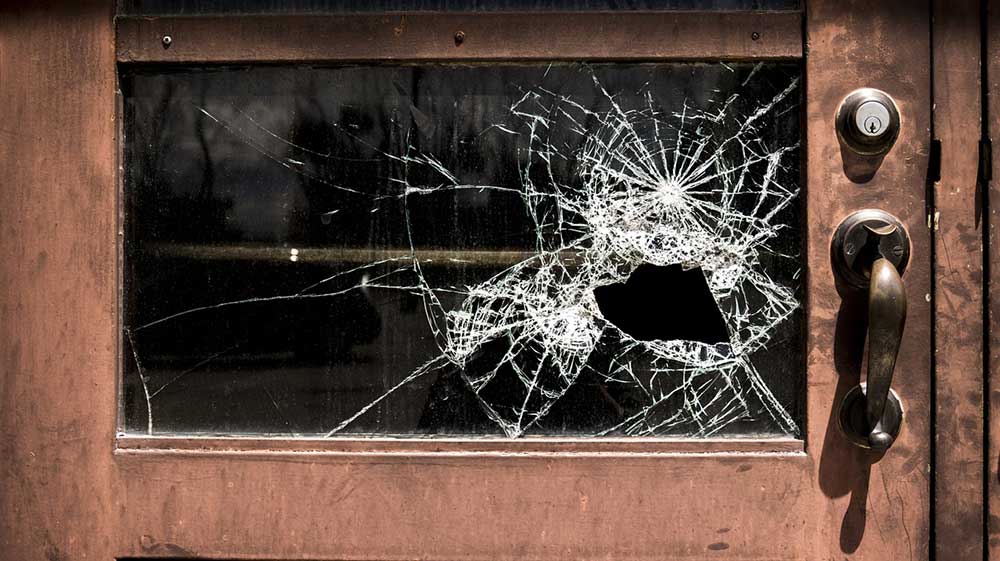
Safe Spaces, Happy Faces: How Employers Benefit When They Prioritise Workplace Security
Showing: Most Recent
Rural crime in Ireland continues to be a hot topic of discussion. Many are blaming political indifference and the closure of numerous Garda stations. A recent report said that rural crime in Northern Ireland alone is costing 2.6 million a year. Whatever the reasons behind this apparent increase in crime, it is a situation that you can take steps to prevent by using CCTV to protect your business.
Biometrics is becoming so popular on devices like smartphones that it begs the question, will biometrics replace the password completely?
Have you considered if time theft is happening in your business, and how biometrics could help you to prevent it?
In this article, we will look at GDPR in relation to security and why compliance is important for all businesses
We are now more aware than ever of how personal data is being collected and used. But where is it ok to install a CCTV camera, and where isn’t it?
Is your business based in Ireland? Then it is worth reading the latest statistics on crime, which show which areas of the country have the highest crime rate. You may be surprised by what you read. Recent news coverage has highlighted a growing problem with crime, much of which is affecting businesses. Do you have the right security to help prevent burglary, robbery, vandalism and other threats to your business?
Is your business based in London? Then it is worth reading the latest statistics on crime, which show which areas of the city have the highest crime rate. You may be surprised by what you read. The spike in crime rates has rightly left many people concerned about security. Do you have the right security to help prevent burglary, robbery, vandalism and other threats to your business?
When you run a car dealership, whether franchised or independent, security needs to be a top priority when it comes to day-to-day business. You may assume that stealing a car from a dealership presents more problems than stealing a car off the street, but this is, in fact not the case - dealerships are often targeted by gangs who ‘steal to order’. In this article we will take an in-depth look at what you can do as a dealership to build a security system which helps to prevent costly vandalism or theft.
